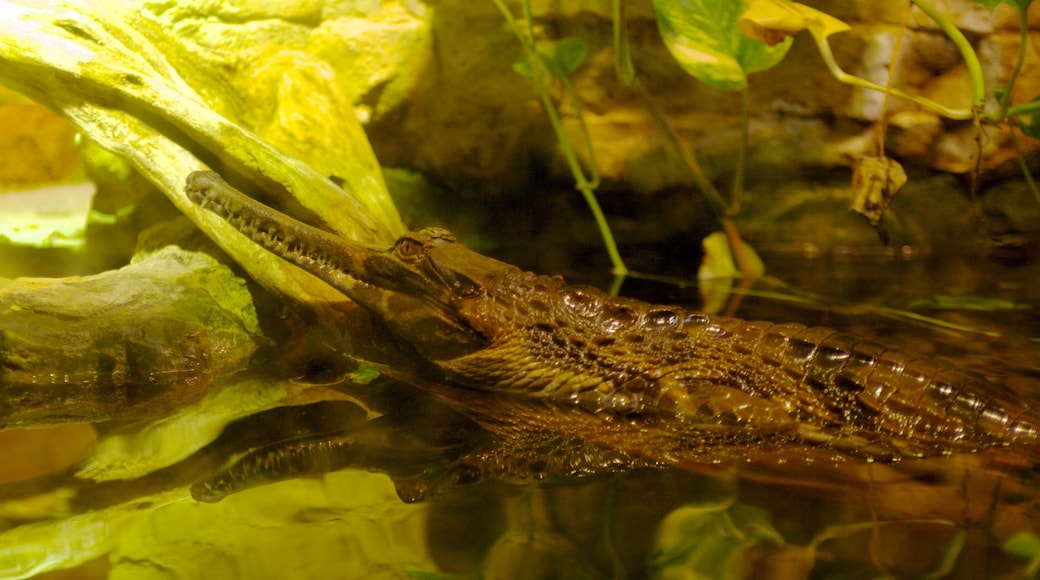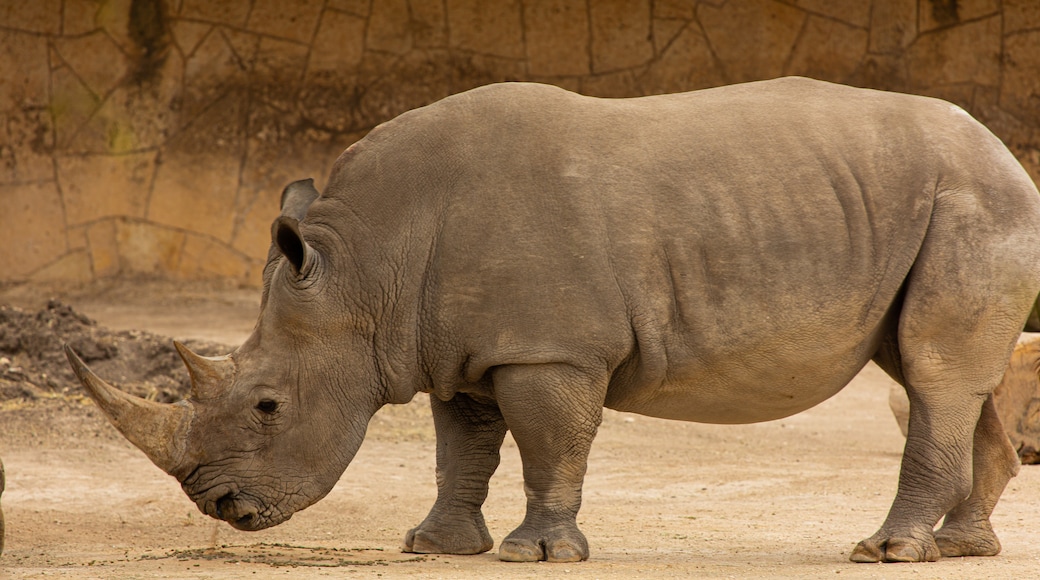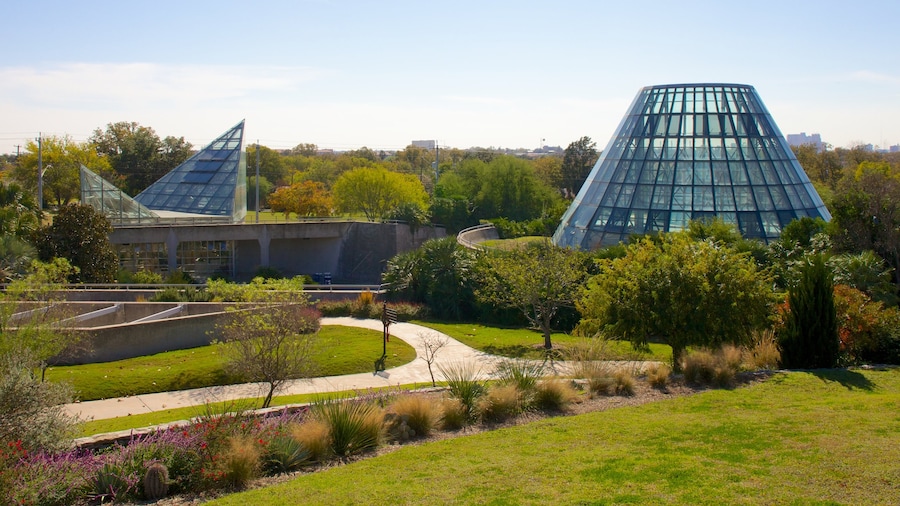The San Antonio Zoo and Aquarium was a gift from local businessman and philanthropist Colonel George W. Brackenridge. In 1914, he bought monkeys, bears, lions and buffalo and put them on a piece of land, which he gave to the City as a gift. The zoo takes up 35 acres (14 hectares) of the 343-acre (138-hectare) Brackenridge Park, which also includes a golf course, recreational center and archaeological sites dating back to the Spanish Colonial period and the Civil War.
Today, there are more than 8,500 mammals, reptiles, birds and sea creatures that call the San Antonio Zoo home. It also has one of the most successful breeding programs in the country. It was the first zoo in North America to reproduce endangered white rhinos, whooping cranes and Caribbean flamingos. More than 50 snow leopards have been born here since the 1970s. All of these animals are either given to other zoos or re-introduced into their natural habitats
A good place to start your visit is with a ride on the Eagle Train, which is well worth the small fee to get your bearings. Once on the ground, catch one of the regularly scheduled Exciting Encounters, demonstrations with various animals, which begin mid-morning. Watch keepers feed and interact with alligators, elephants, monkeys, hippos and more.
The Richard Friedrich Aquarium is one of the most popular attractions at the zoo, with a variety of water creatures, including piranhas, turtles and jellyfish. This is a great place to take children on a hot summer day.
As you move around the zoo, visit a wild African plain, a rainforest full of butterflies (open March through November) and feed Rainbow Lorikeets as they perch on your shoulder. Take little ones under five to Kronkosky’s Tiny Tot Nature Spot. It has indoor and outdoor play areas, an aquarium with fish and a garden with chickens. Children will enjoy the reptile exhibit, which features snakes, alligators and lizards.
Come prepared to spend an entire day, and arrive early to avoid lines. There are six eateries dotted around the zoo, from cafés serving snacks and sandwiches to restaurants with hot meals. Visitors are also welcome to bring their own lunch, find a shady spot and watch the wildlife.


















